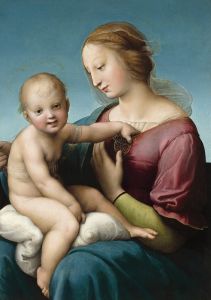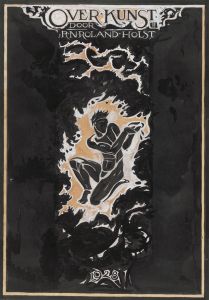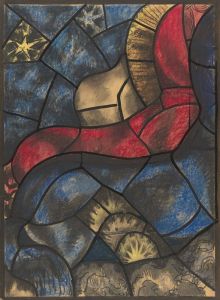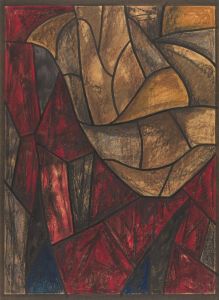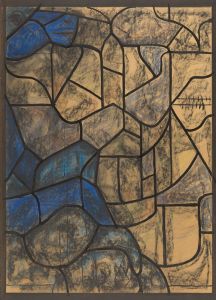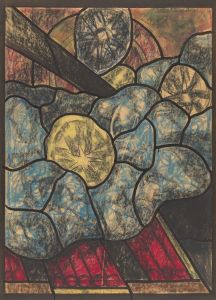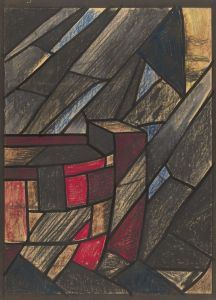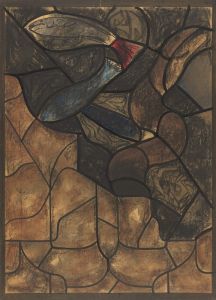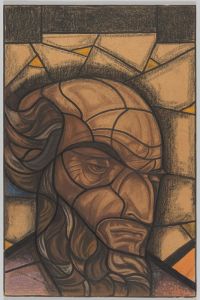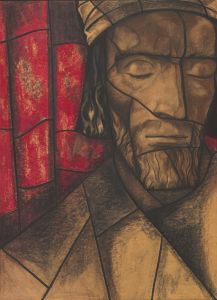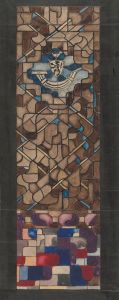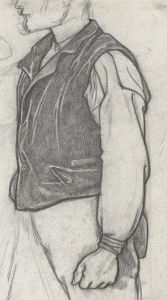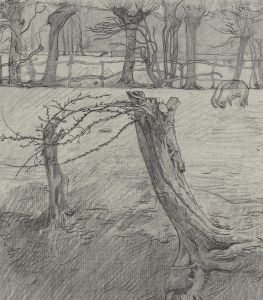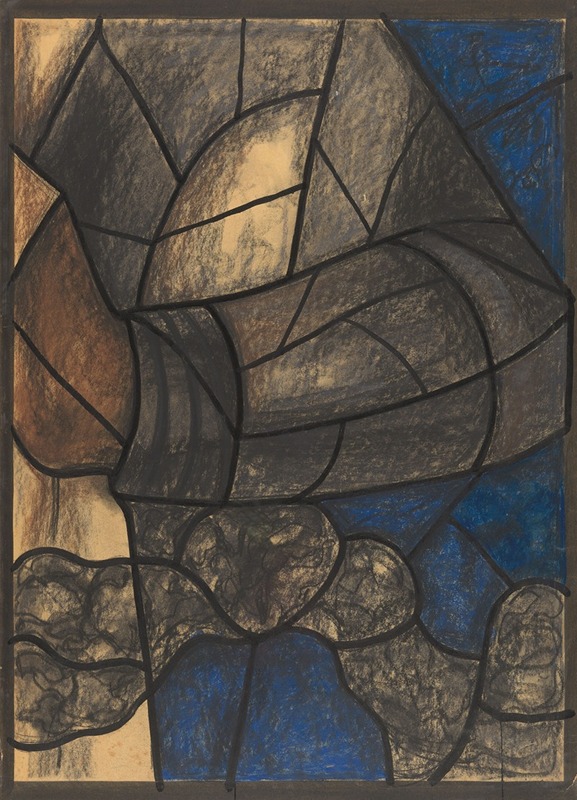
Ontwerp voor raam in het Noordertransept in de Dom te Utrecht 33
A hand-painted replica of Richard Nicolaüs Roland Holst’s masterpiece Ontwerp voor raam in het Noordertransept in de Dom te Utrecht 33, meticulously crafted by professional artists to capture the true essence of the original. Each piece is created with museum-quality canvas and rare mineral pigments, carefully painted by experienced artists with delicate brushstrokes and rich, layered colors to perfectly recreate the texture of the original artwork. Unlike machine-printed reproductions, this hand-painted version brings the painting to life, infused with the artist’s emotions and skill in every stroke. Whether for personal collection or home decoration, it instantly elevates the artistic atmosphere of any space.
Richard Nicolaüs Roland Holst (1868–1938) was a prominent Dutch artist and designer, known for his contributions to the Arts and Crafts movement in the Netherlands. He worked in various mediums, including painting, graphic design, and stained glass. One of his notable works is the design for a stained glass window titled Ontwerp voor raam in het Noordertransept in de Dom te Utrecht 33 (Design for a Window in the North Transept of the Dom Church in Utrecht 33).
This artwork is a preparatory design for a stained glass window intended for the Dom Church (Domkerk) in Utrecht, one of the most significant Gothic churches in the Netherlands. The Dom Church, originally built as a Roman Catholic cathedral, has a rich history dating back to the 13th century. Over time, it became a Protestant church following the Reformation in the 16th century. The church has undergone numerous restorations and modifications, and stained glass windows have played an important role in its artistic and spiritual heritage.
Roland Holst's design reflects his characteristic style, which often combined elements of symbolism and traditional craftsmanship. His work was deeply influenced by the ideals of the Arts and Crafts movement, emphasizing the integration of art into everyday life and the revival of medieval artistic techniques. The design likely features intricate patterns, religious iconography, and vibrant colors, which were hallmarks of his stained glass work. However, specific details about the imagery or themes depicted in this particular design are not widely documented.
The stained glass windows in the Dom Church were part of broader efforts to restore and enhance the building's interior during the late 19th and early 20th centuries. Artists like Roland Holst were commissioned to create designs that would complement the church's Gothic architecture while reflecting contemporary artistic sensibilities. His contributions to stained glass design are considered significant within the context of Dutch art history, as they represent a bridge between traditional craftsmanship and modern artistic movements.
While the exact status of this specific design—whether it was fully realized as a stained glass window or remained a preparatory work—is not clearly documented, it stands as an example of Roland Holst's skill and vision as an artist. His work continues to be studied and appreciated for its aesthetic and historical value, particularly within the context of Dutch ecclesiastical art.
Further research into archival materials or specific studies on the Dom Church's stained glass windows may provide additional insights into this particular design and its place within Roland Holst's body of work.





